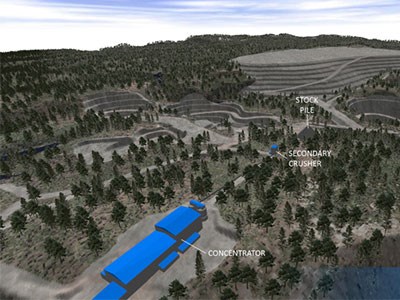Land managers in Treaty Three communities have a new toolkit to help navigate Crown impact and environmental assessments across the Anishinaabe Nation in Treaty Three. The Land Managers Toolkit will provide insight and support to the Territorial Planning Unit on Federal Impact Assessments, Provincial Environmental Assessments, and Anishinaabe-led Impact Assessments.
According to the Land Managers Toolkit document, “[t]he Toolkit is intended to serve as a starting point to help lands managers and anyone involved in community land management better understand the relationship between current environmental legislation, the obligations of the Crown and proponents, and the rights of Indigenous communities to effectively engage on issues occurring within Treaty #3 territory.”
For example, if land managers want to learn how to prepare for a development project that is proposed in the Treaty Three Territory, the situational flowchart acts as a supplementary table of contents by directing the reader to what they need to read, which includes Anishinaabe Rights, FNLMA and Land Code, and Preparing You Community pages.
Under FNLMA, which stands for First Nation Land Management Assessment, the toolkit states, “[t]his section will discuss some of how Anishinaabe communities can lead their impact assessments.”
This section is important because the Anishinaabe Rights section acknowledges that Land Management ensures that “if the land is developed, it is also protected. Everything, living or non-living, is interconnected with each other and with the Anishinaabe. It is this interconnectedness that builds a deep respect for the lands, waters, skies, and soils.”
These fundamental principles are taken into account when assessing the possible benefits and consequences of development projects.
For instance, mining has a sustainable economic benefit, but also a direct impact on animal populations and water quality if not properly assessed.
According to the Land Managers Toolkit, “[w]hen done right, impact assessment has many benefits: creating economic opportunities, promoting environmental sustainability, building Anishinaabe capacity, building partnerships, providing transparency, and ensuring community participation in decision-making.
Grand Council Treaty #3 and the Territorial Planning Unit, in partnership with Treaty #3 Communities, Knowledge Keepers, and Narratives Inc., created the Land Managers Toolkit to follow the principles of Manito Aki Inakonigaawin and the Nibi Declaration which speak to the relationships and responsibilities to the natural world and its people.
To read more about Land Managers Toolkit, visit the link or visit the Territorial Planning Unit Website.
